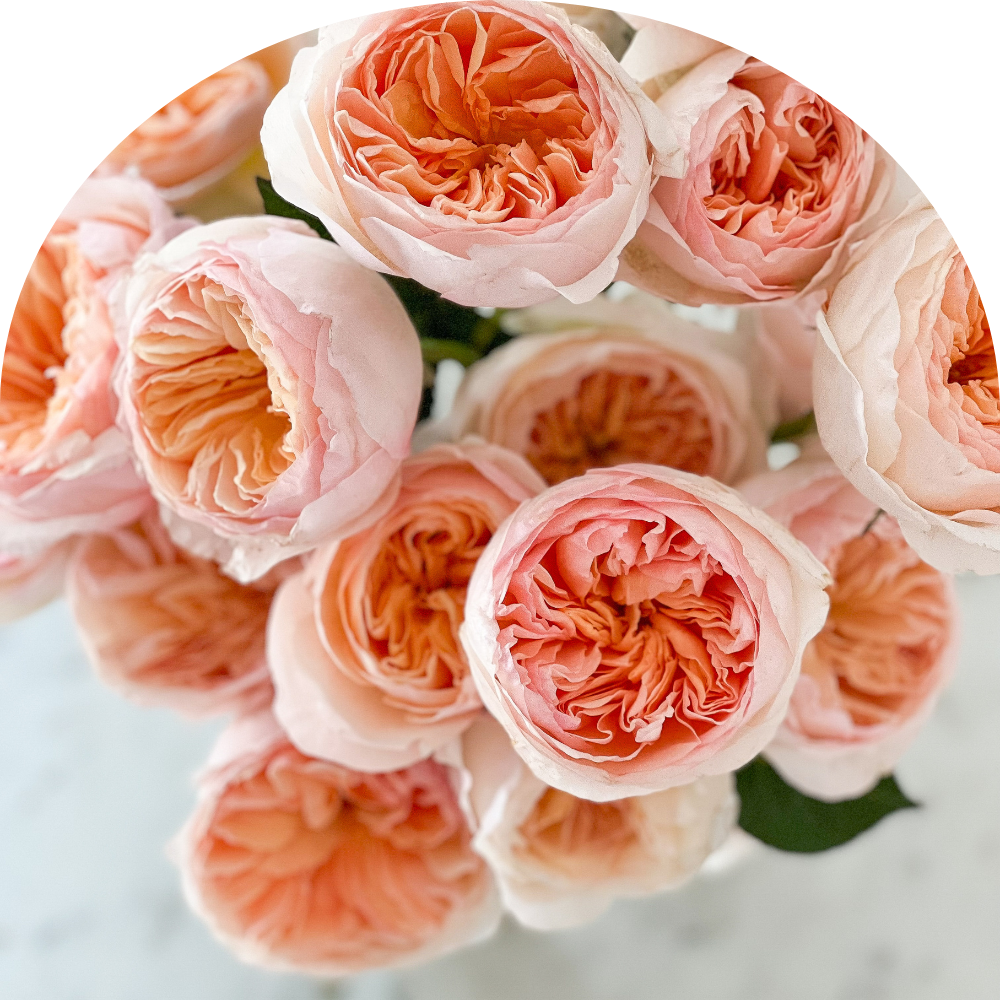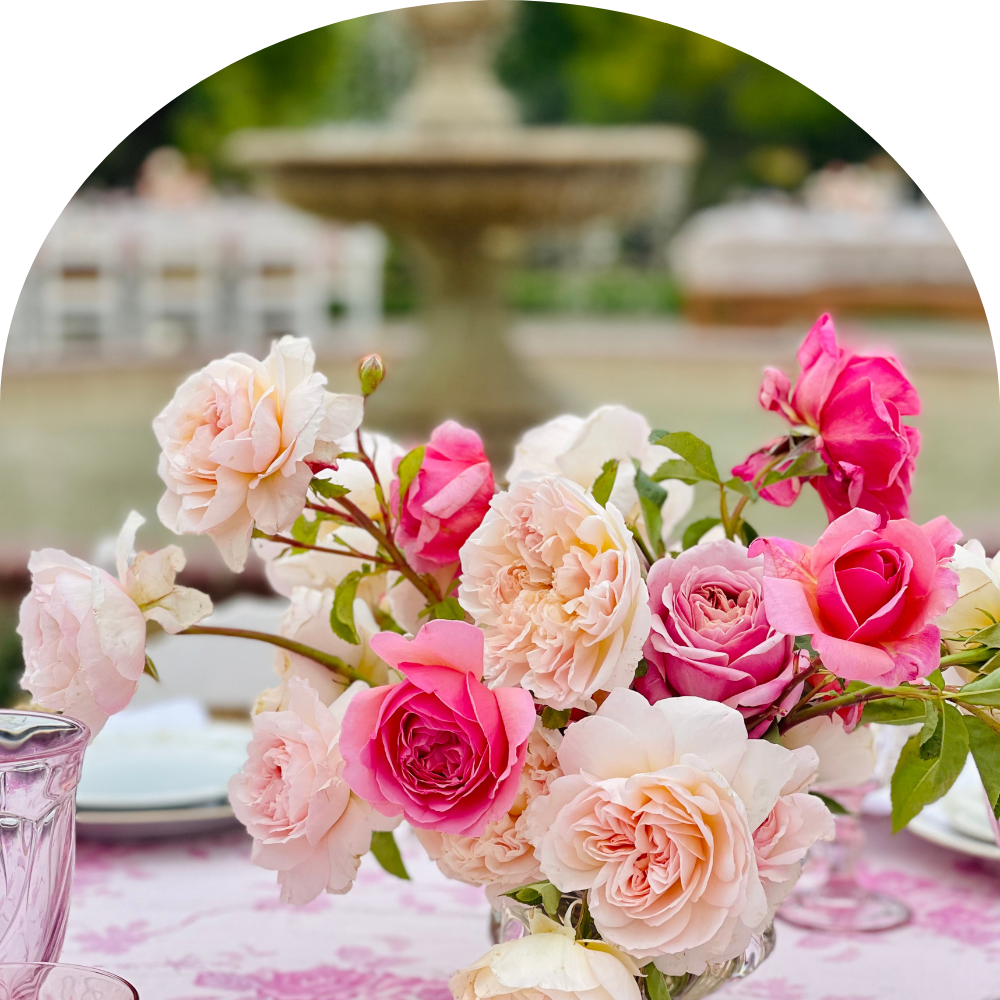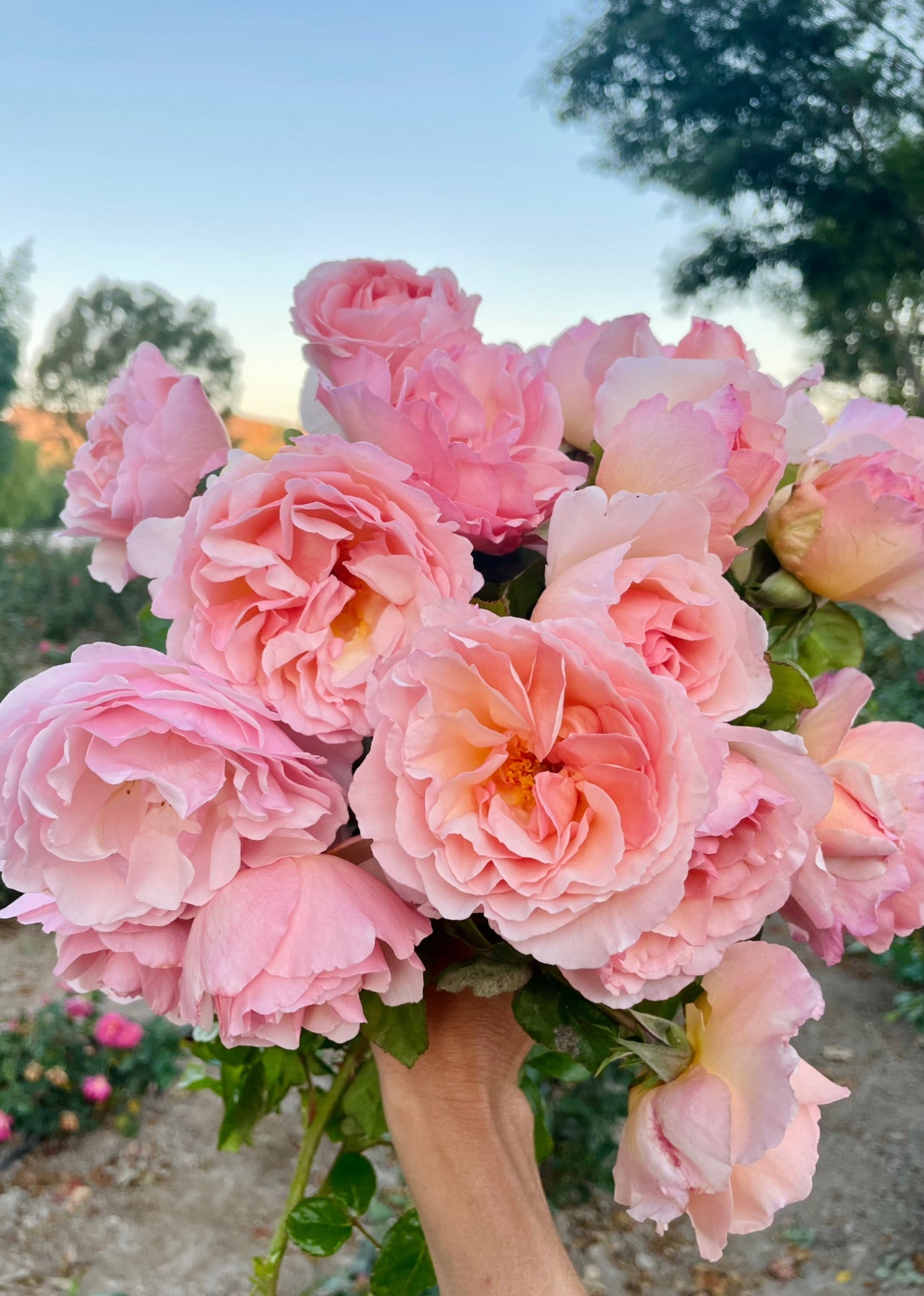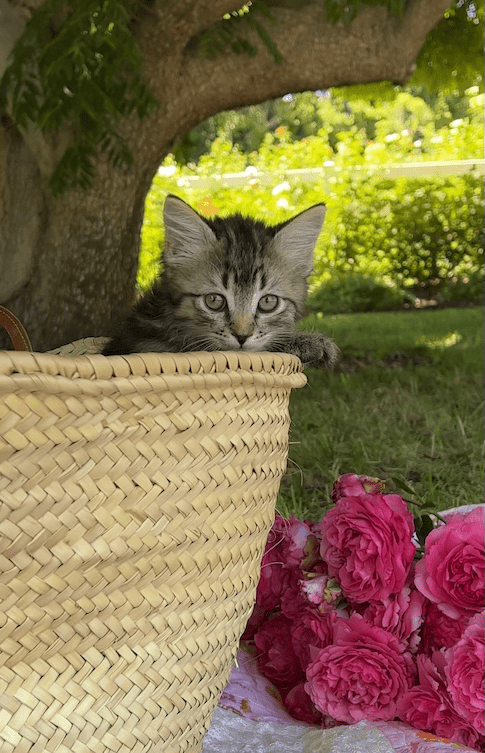We often get asked what our average day is like. I’m going to let you in on a little secret…no two days are the same at a farm. Right now we have a moderate heatwave which means the roses are blooming quickly and being outdoors for long is less than comfortable. There is so much deadheading to do, as we cannot harvest the roses fast enough when we’re in a heatwave. We are experiencing new challenges this year and are always trying to adapt. More on that below…
I never thought I’d grow up to be a farmer. I never had a green thumb and even disliked roses as a child due to the thorns. When Gracie and I first planted roses at my parents house, I never could have imagined how many more rose bushes I’d be putting in the ground. I enjoyed the beauty of them as the unique shapes, colors, and fragrances were all something so new to me. I remember marveling at them as I walked past and took in their beauty. But to think that less than a decade later I would be farming 50 acres with thousands of rose bushes is something I’d never imagine in my wildest dreams.
But here we are. I’m so incredibly grateful for each moment I’m able to surround myself with theses plants. A family walk with our dogs as the sun is setting - slight breeze, and the various scents of citrus, tea rose, and myrrh floating through the air - is hands down the best part of my day. The packages have been picked up, the roses are harvested for the day, the employees have left and there’s just the sounds of the birds chirping in the trees. As you may know from our Instagram, Seraphina loves to sniff every bloom and say “Ooooooh, ahhhhhhh.”


This year our farm is feeling a pinch that we’ve somehow managed to avoid all these years. Our county (and the entire state of California) is under very strict water restrictions. For those not familiar with the California drought, it is dire. We are backing off on our water consumption, which means some of our roses may go into a state of dormancy this summer. We plan to water our roses in highest demand the most and give others just enough water to keep them alive. The water shortages in our state have us thinking strongly about our farm’s future. Is it sustainable to grow tens of thousands of rose bushes in California? We aren’t sure anymore. Our primary goal is to keep our roses alive while we’re under these restrictions. Knowing we have amazing growing partners in Alexandra Farms, who literally have the opposite problem (too much rain), is a comfort to us. We’re able to continue to serve our customers while we and every other farmer in CA conserve water.
This season has also been a real pest (literally!) in dealing with western flower thrips. They are the worst we’ve ever seen them in seven years of farming. Thrips are almost invisible insects that suck on our roses’ petals and turn them brown. They cannot be present in large numbers in a crop like ours that is grown for beauty. Their damage, as every rose gardener agrees, is very unsightly. Managing thrips has always been relatively simple for us with Spinosad (a pesticide for organic crops), but this year their numbers have been unusually high and the destruction to our blooms has been devastating. At Grace Rose Farm we always turn to organic pest prevention first, but this spring and summer are really testing us. We believe thrips are at their worst this year due to the drought. When the green hillsides of California dry up and turn brown, thrips leave their natural environment to take up residence in green crops. The exceptionally dry weather this spring and summer moved the thrips into crops in bigger numbers than usual. This is another consequence of the California drought that we are currently facing.
Even with our current hardships and challenges, we are so enjoying growing garden roses. Gracie has been working on our biggest projects to date and we can’t wait to tell you about them. Until then, I hope to update you as often as possible and please send positive thoughts for lots of rain this coming winter.
~ Ryan












